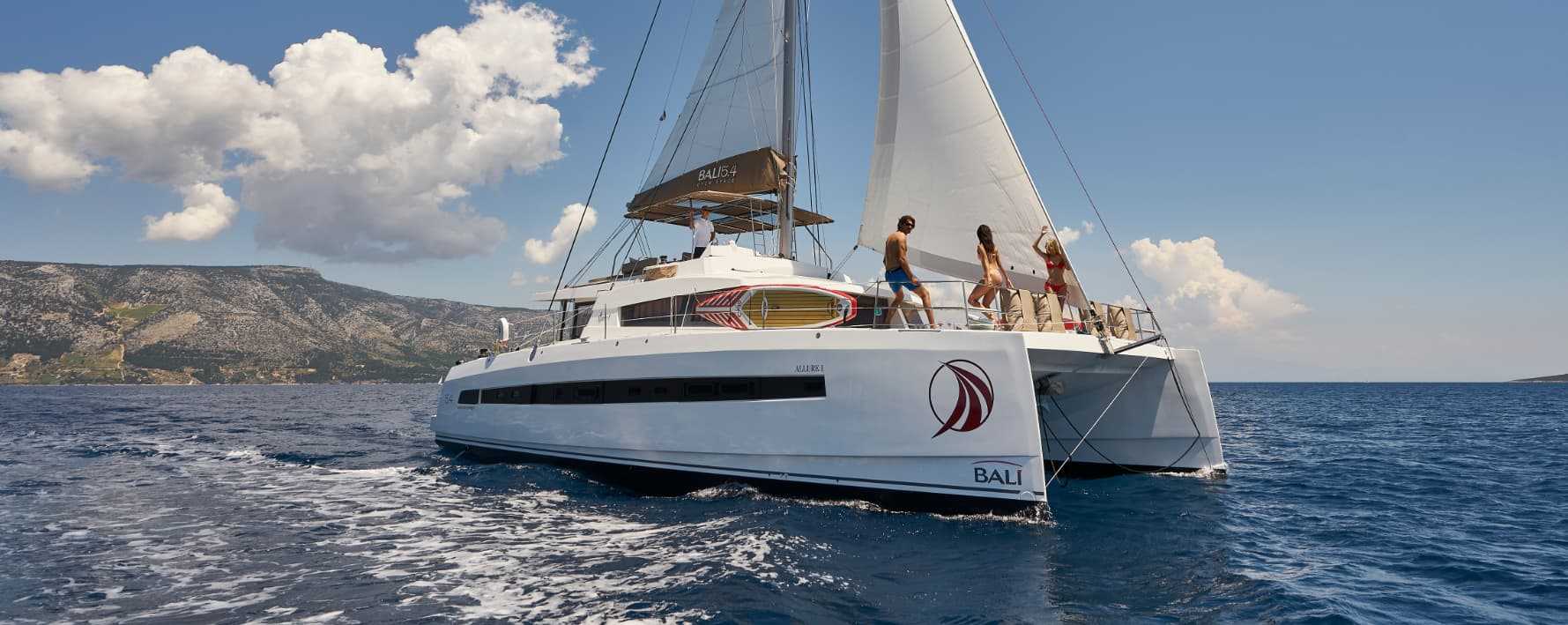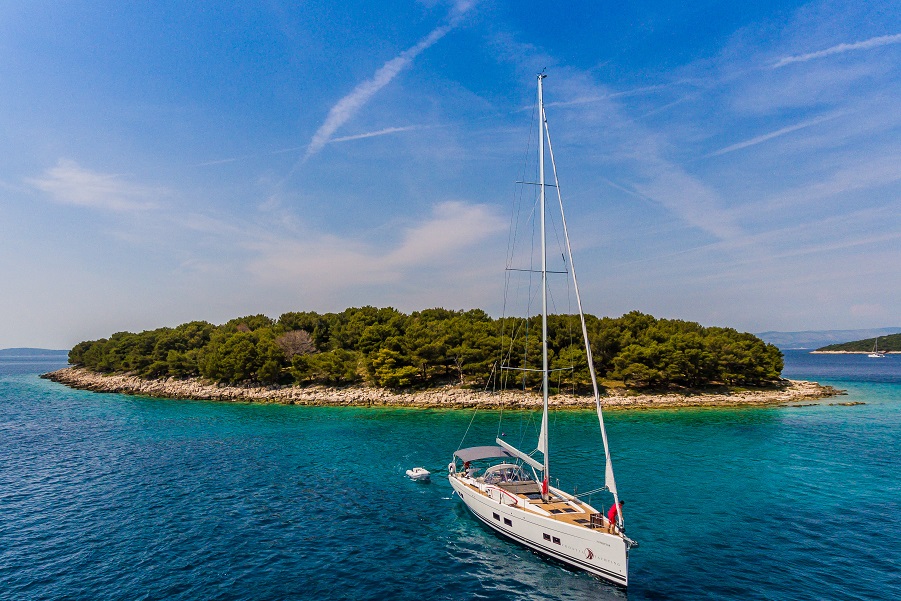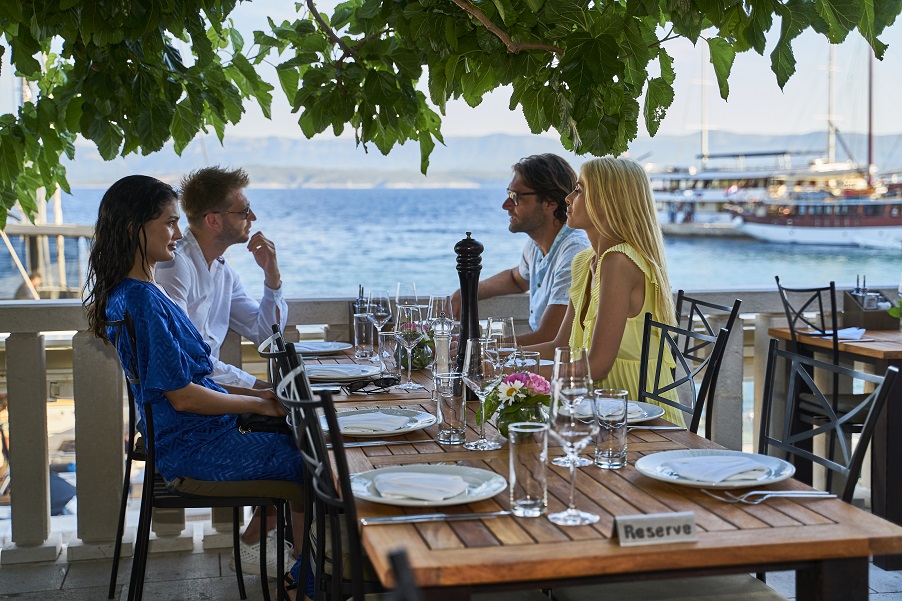Croatian Inventors: Faust Vrančić, Nikola Tesla, Slavoljub Penkala, Mate Rimac

Table of Contents
Croatia may be a small country of fewer than 4 million people, but it has always shown its might thanks to indescribable successes, whether it be in sport or through the genius minds that have contributed to its fame today.
This is hugely due to a handful of Croatian inventors, some of whom you may be surprised to find have Croatian roots. However, from the alternating current to the world’s most popular writing instrument and today’s most sought-after supercars, meet the Croatian minds that have marked the country with their intelligence and inventiveness, inspiring future generations of brilliant brains around the world.
Meet the greatest Croatian inventors
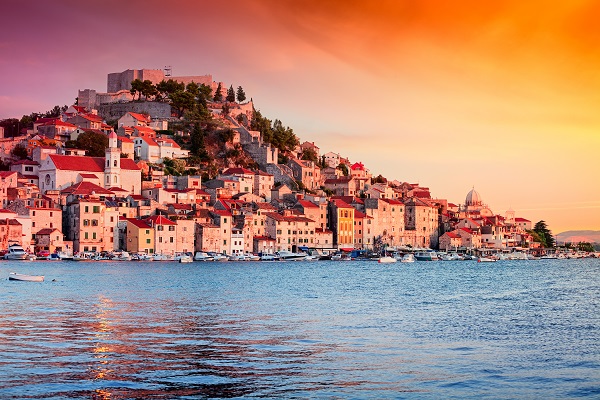
Faust Vrančić
Born in 1551 in Šibenk, Faust Vrančić is connected to the first technical discoveries of Croatian scientists. Delving into the worlds of lexicography, philosophy, theology, and technology, Vrančić was the most critical constructor and technical writer in Croatia in the 16th and 17th centuries. In addition, he is known as a Croatian polyhistor, linguist, inventor, diplomat, engineer, priest, and bishop.
After studying humanistic education in Požuna and philosophy and law in Padua, Vrančić was admitted to the Croatian fraternity of St. Jerome in Rome, where he became King Rudolf II’s secretary. Fluent in at least seven languages at the time, he completed his essential dictionary of the five most noble European languages (Latin, Italian, German, Croatian, and Hungarian), published in Venice in 1595. The dictionary provided 5,000 determinants for each language.
He is best known for his book of inventions, Machinae Novae, published in Venice the same year. The book was financially supported by King Louis XIII of France and the Tuscan Duke Cosimo II de’ Medici. Machinae Novae includes 49 sketches and projects showing 56 technical inventions, projects, and constructions, created in exceptional large-format etchings with outstanding drawing skills. Most notably, Vrančić imagined suspension bridges, the first wind turbine, and Homo volans (lat. Flying man) depicting a parachute. However, it was not until the end of the 18th century, or two centuries later, that bridges of this type were even built. English Bishop John Wilkins also wrote that Vrančić performed a test parachute jump around Venice 30 years later after the event!
The second edition of Vrančić’s European language dictionary was expanded with Czech and Polish in 1606, entitled Dictionary of the Seven Different Languages. On that occasion, "Dalmatian" was also mentioned under the Croatian name. This dictionary had a strong influence on the spelling of Croatian and Hungarian and was also the first dictionary of the Hungarian language!
Vrančić left Rome in 1615 to spend his final days in his native Šibenik but stopped in Venice along the way, where he published Logica Nova (New Logic). He died in Venice on February 27, 1617. His body was buried at St. Mary’s Church on Prvić island near Šibenik.
To honor one of the greatest Croatian inventors, the Croatian Parliament established the "Faust Vrančić" National Award of Technical Culture in 1992. One year later, his bust was placed at the Nikola Tesla Technical Museum in Zagreb, while the annual Faust Vrančić Days cultural event is held annually in Šibenik.
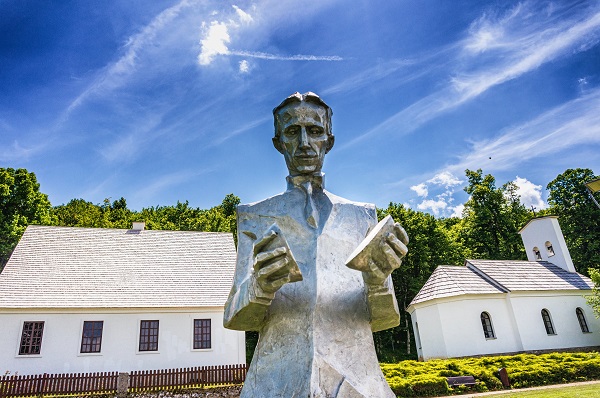
Nikola Tesla
When talking about Croatian inventors, it’s impossible to forget the greatest of them all - Nikola Tesla. Not to be confused with the uber-cool electric car you may see on the streets, it’s safe to say that Nikola Tesla’s inventions long ago paved the way for the innovation behind Tesla motors today. This Tesla, however, is responsible for some of the world’s most valuable discoveries
Of Serb origin, Tesla was born in 1856 in Smiljan, near the better-known town of Gospić in Croatia’s Lika region. He often noted he is ‘equally proud of my Serb origin and my Croat homeland.’ After studying in Prague and Graz, Tesla’s career kicked off when working for a telephone company in Budapest. He then left for Paris to work for the Continental Edison Company before discovering the rotating magnetic field in 1882. He then went on to invent and create a prototype of his famous induction motor, but lacked interest in his breakthrough in Europe. In 1884, Tesla sought greener pastures in New York and continued his career with Thomas Edison, developing over 40 patents for AC generators, motors, and transformers that George Westinghouse ultimately purchased for $1 million. He went on to invent the Tesla transformer used in radio and television devices, fluorescent lighting, lasers, wireless communication, wireless power transmission, the remote control, robots, a turbine, and vertical take-off for aircraft, to name a few. He is known as the father of modern multiphase power systems and patented over 700 inventions in his lifetime. He even experimented with X-rays before Roentgen!
Tesla received the Edison Medal (the highest recognition of the American Society of Electrical Engineers) in 1917, two years before his autobiography My Inventions was published. He even became an honorary doctor at the University of Zagreb in 1926!
Nikola Tesla died in New York on January 7, 1943, at the age of 86. His papers, diplomas, honors, and laboratory notes were sealed and later donated to the Nikola Tesla Museum in Belgrade, which you can visit today.
Slavoljub Penkala
Known as one of the most significant inventors of the early 20th century, Slavoljub Eduard Penkala was born as ‘Eduard Penkala’ in 1871 in present-day Slovakia to a Pole father and Dutch mother. With interest in practical mechanics from an early age, Slavoljub first went to medical school (to honor his father’s wishes) before graduating from the Royal Technical College in Dresden.
After graduating from university, Penkala and his wife Emilia, whom he met during his studies, moved to Zagreb, where he opened his first workshop. He eventually added ‘Slavoljub’ to his name, became a naturalized Croat, and launched his celebrated career, which includes 70 to 80 inventions in mechanics, chemistry, physics, and aviation.
While he began by inventing the thermos bottle and rotating toothbrush, his most significant invention was the automatic mechanical pen, developed in 1906. The first fountain pen with solid ink came a year later. After meeting the Moster brothers in 1906, Penkala – Edmund Moster & Co. was founded with a facility in Zagreb where automatic mechanical pens, fountain pens, and other stationery were produced according to Penkala's patents. This factory soon became one of the largest stationery manufacturers, and the mechanical pen achieved excellent market success in some 70 countries.
Penkala also invented, patented, or perfected creations from anode batteries to anti-rheumatic drugs, laundry detergent, and rail brakes. He was also significantly involved in the materials for making gramophone records, perfecting the ebonite mass from which the records were cast. He even patented a gramophone stylus with an extended lifespan!
Penkala also made calculations and drawings of the turbine wheel, helicopter rotor, and patented an airbag hovercraft long before the first machine was made. In 1908, he began to build an aircraft in Zagreb and built a hangar at the Kajzerica military training ground in Zagreb, which became the first runway in Croatia!
Mate Rimac
Perhaps the only other familiar name on the list next to Nikola Tesla, Mate Rimac is a modern magician of Croatian innovation thanks to electric sports car company Rimac Automobili and high-tech eBike company Greyp Bikes.
In just 33 years, the Croatian entrepreneur from Livno has turned into a global automotive superstar, a craft he learned to love already during his childhood. Mate Rimac grew up in the Croatian town of Samobor and developed an interest in motoring by observing his family’s construction company. He thus enrolled in a vocational high school for a mechatronics technician, which combined computer science, mechanical engineering, and electrical engineering.
Throughout his teenage years, Mate achieved great success in electrical engineering competitions, winning several first prizes in Croatia and world competitions. This led to launching Rimac Automobili in his garage in 2009 when he was the sole employee for the first two years. Today, Rimac Automobili boasts over 900.
Inspired by Nikola Tesla and his inventions, Rimac wanted to prove that electric cars can be faster and more exciting than conventional cars and rolled out his Concept One supercar in 2013, which confirmed him as a serious player in the electric car industry. Concept One was named the world's fastest accelerating electric vehicle the same year.
In 2013, Rimac also founded the high-performance electric bicycles Greyp Bikes to ‘change the world.’ Their Central Intelligence Module and eSim keep the bike continuously online, with navigation, fitness tracking, and data analysis.
The prototype for Rimac's second supercar Nevera launched in August 2021, promising "the ultimate electric hypercar driving experience." All of his work is designed, engineered, and handcrafted in Croatia.
It’s no surprise that Rimac Automobili has attracted considerable investments from Porsche AG and Hyundai-Kia, to name a few. At the same time, Rimac Automobili recently became the Rimac Group, divided into two companies - Bugatti Rimac and Rimac Technology, marking a historic new venture of leading automotive minds.
